Category: Come Follow Me Currculum
-

CFM 4/7-4/13: Poetry for “ Lift Up Your Voices … to Declare My Gospel”
For a lesson titled “Declare My Gospel”, the individual sections don’t seem to focus as much on missionary work as you would think. Instead, the missions discussed are more like the statement often attributed to St. Francis, “Preach the gospel. If necessary use words.” Of course, the problem with preaching through actions, even though they…
-

CFM 3/31-4/6: Poetry for “Jesus Christ Will Gather His People”
The concept of gathering maybe one of the most-changed concepts in LDS belief. In D&C 29 the call to be “gathered in unto one place upon the face of this land” clearly refers to a physical gathering, where members of the church lived near each other. Later the number of places of gathering increased, and…
-

CFM 3/24-3/30: Poetry for “All Things Must Be Done in Order”
It’s hard to argue with the phrase “all things must be done in order.” For most rational people, doing things in order is important. But, what exactly do we mean by ‘order’? Whose order? Does the order need to be torn up sometimes? Order suggests the arrangements and procedures that support society and our institutions.…
-

CFM 3/17-3/23: Poetry for “Seek for the Things of a Better World”
Most of this lesson comes from D&C 25, the revelation in which Emma Smith is called to select the hymns for the Church’s first hymnal. But that calling is a small part of a revelation meant to provide Emma with help and support, as well as guidance in where she should devote her efforts—in “the…
-

CFM 3/10-3/16: Poetry for “The Rise of the Church of Christ”
I’m currently spending time looking at the idea of ‘restoration’—probably the key idea that early members of the Church sought after. Our denomination is, and was then, considered a restoration of Christ’s original church. This lesson, covering mainly D&C 20, sometimes called the ‘constitution of the church, looks further at exactly what this means, and…
-

CFM 2/24-3/2: Poetry for “The Worth of Souls Is Great”
We often hear the phrase “the worth of souls,” but I’m not sure that we focus much on the values behind the idea of ‘worth.’ Much of our modern culture is concerned with how we value each individual — and especially with how the culture values us. Are we getting a fair shake? Are we…
-

CFM 2/17-2/23: Poetry for “Upon You My Fellow Servants”
I sometimes think that when we consider the visit of John the Baptist to Joseph and Oliver (the main event discussed in this lesson), we focus on the restoration of the Aaronic Priesthood, but leave out the restoration of the ordinance of baptism. Yes, the ordinance can’t be performed without the priesthood, but then I…
-

CFM 2/10-2/16: Poetry for “That You May Come Off Conqueror”
While the sections in this lesson address what to do after the loss of the 116 pages and what Hyrum Smith should do, elements of these sections and the lesson have a triumphalist element, pointing out that the Lord’s plans will not be thwarted because of opposition. However, this should not be read as some…
-
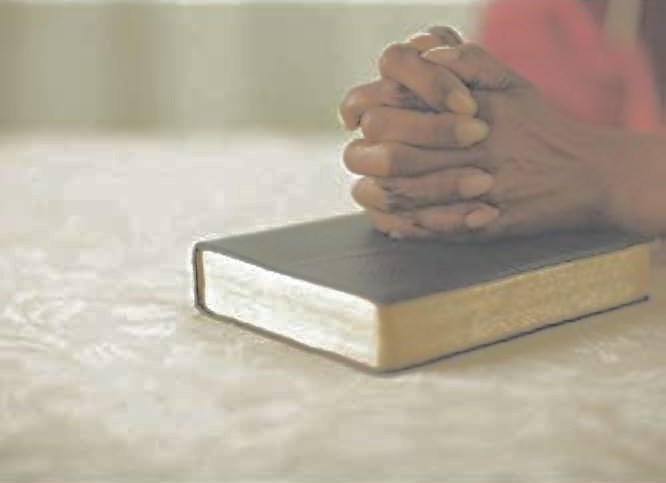
CFM 2/3-2/9: Poetry for “This Is the Spirit of Revelation”
The restoration of the gospel can be seen as having two different aspects: the personal and the communitarian. While the First Vision is seen as indicating which Church to join, it is also a personal interaction between a 14-year-old boy and his God. Subsequent events in the restoration can also be seen in the same…
-
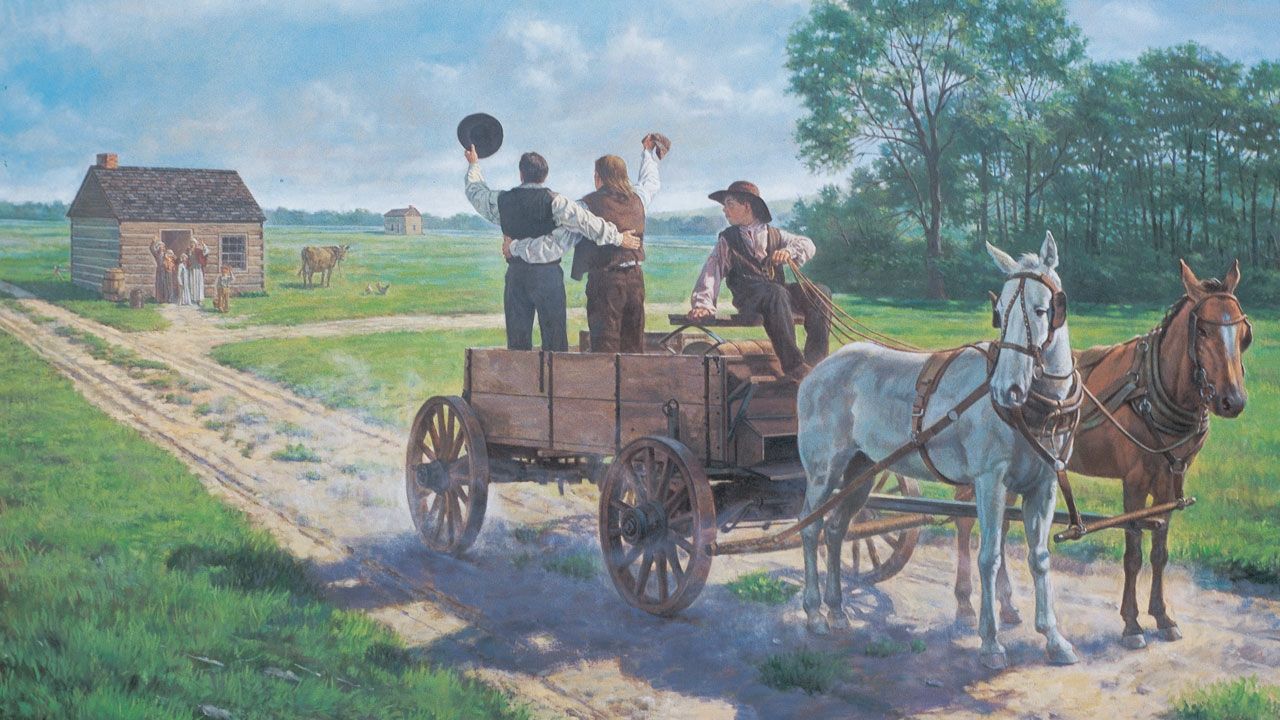
CFM 1/27-2/2: Poetry for “My Work Shall Go Forth”
How do ideas spread? If the truth has been lost, what is the best way for it to become known again? It is one thing to give Joseph Smith the First Vision and quite another for that vision to spread among large numbers of God’s children—and I suspect that how the spread of new religious…
-
CFM 1/20-1/26: Poetry for “The Hearts of the Children Shall Turn to Their Fathers”
The phrase “The Hearts of the Children Shall Turn to Their Fathers” has a different meaning for LDS Church members than it does in any other group that relies on Old Testament scripture. We conflate this phrase with a wide variety of theological topics, including family history, temple sealing and even, as in the current…
-
CFM 1/13-1/19: Poetry for “I Saw a Pillar of Light”
The First Vision is clearly one of the major images or symbols of the restoration. We reference the image of a pillar of light regularly in our literature, although I sometimes think that we don’t use the image as broadly as we might—the pipe-like image of delivering revelation, the brightness in the midst of darkness,…
-
CFM 1/6-1/12: Poetry for “Harken, O Ye People”
Considered the preface to the D&C, the first section, subject of the second Come Follow Me lesson, argues for the importance of revelation in the restoration, and for recognizing that the Lord reveals his word through “the weak and simple.” Just like with the restoration itself, the call for our attention to revelation is a…
-
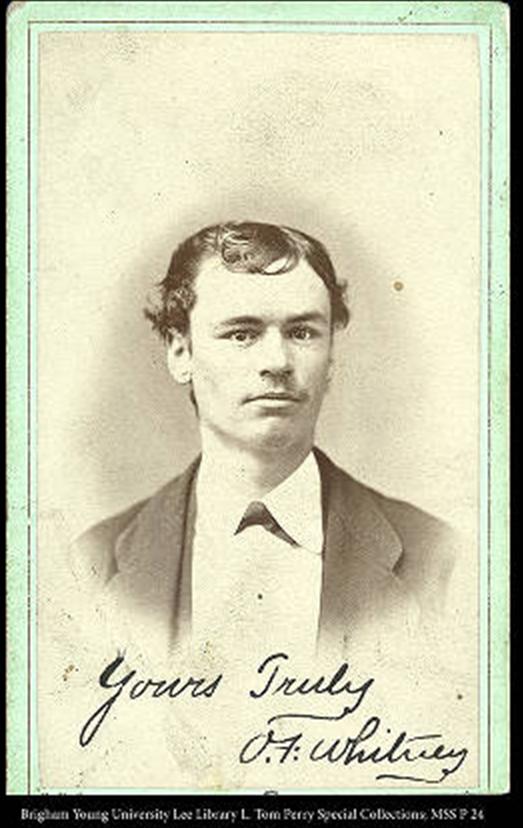
CFM 12/30-1/5: Poetry for “The Restoration of the Fulness of the Gospel of Jesus Christ”
Culture is important. Cultural items not only enhance what we say and teach, making the ideas more memorable and meaningful, they also add additional information, and engage our brains on a level that enhances our learning. As a student of literature as well as the gospel, I’ve long been convinced that our modern culture has…
-

Collected Thoughts on the Doctrine and Covenants
I spent most of 2021 writing a series of posts to follow along with the “Come, Follow Me” curriculum for the Doctrine and Covenants. I had a few reasons for doing this. First and foremost, I wanted to challenge myself to look more closely at the scriptures, to really read and think about what the…
-

The Contradictory Commands, Part 1: Isn’t It About … Time?
One Sunday while I was on my mission, I was asked to teach the Gospel Principles class. The class was very small (just the missionaries and one part member family we’d been teaching), and the subject was the Fall of Adam and Eve. I remember this lesson, because I was explaining conditions in the Garden…
-
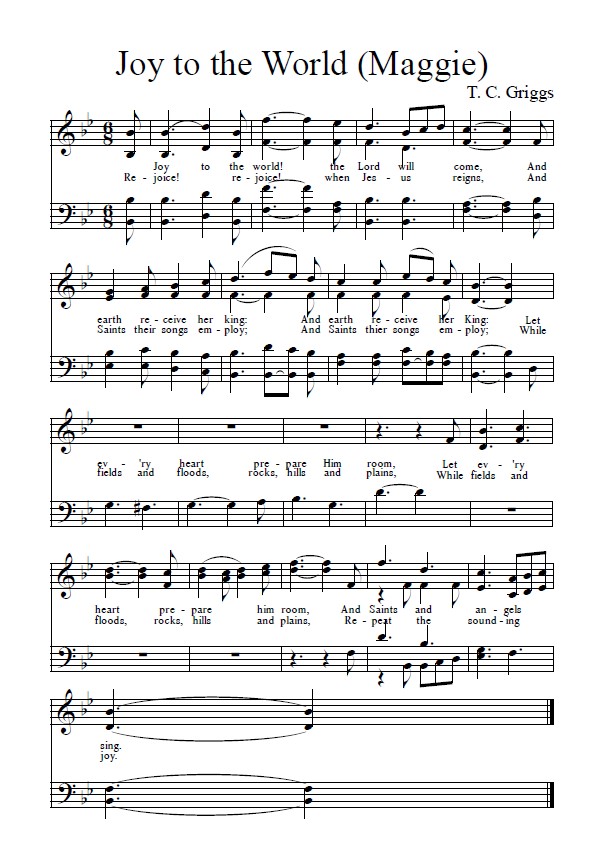
“As we commemorate the birth of Jesus Christ”
Of all the Christmas carols in the English hymnbook, the one with the longest association with the Church’s hymnals is “Joy to the World.”[1] It’s probably fitting, then, that the “Come, Follow Me” materials for this week reference it. The reading material for the week is the document “The Living Christ,” published by the First…
-
“The long-promised day has come”
Official Declaration 1 has some supplementary materials included in the Doctrine and Covenants in the form of three excerpts from different addresses where he explained the reasoning for the change. I’ve often mused on the idea of what would an analogous set of supplementary quotes look like for Official Declaration 2. At one point, I…
-
“All that God has revealed, all that he does now reveal, and … that he will yet reveal”
A few years ago, President Dieter F. Uchtdorf shared the following thoughts in general priesthood session: Sometimes we think of the Restoration of the gospel as something that is complete, already behind us—Joseph Smith translated the Book of Mormon, he received priesthood keys, the Church was organized. In reality, the Restoration is an ongoing process;…
-
“To Whom It May Concern”
I’ve said it before, and I’ll say it again, that I find it odd that Official Declaration 1, Official Declaration 2, and the Articles of Faith are all crammed into one week while The Family: A Proclamation to the World gets its own week. I mean, the Articles of Faith alone has two major classic…
-
“I saw the hosts of the dead”
President Joseph F. Smith’s Vision of the Redemption of the Dead is one of the most recent documents to be included in our cannon (only followed by Official Declaration 2). Experienced on 3 October 1918 and recorded shortly thereafter, the vision outlines the underlying theology behind proxy work for the dead that we perform in…
-
“The Word and Will of the Lord”
There is a story about President David O. McKay where a youth who wasn’t active in the Church flippantly asked him, “When was the last time you talked to God, President McKay?” President McKay answered in all seriousness that: “It was last week.” The person who shared the story noted that: “He left everyone wondering…
-
“There is never but one on the earth at a time”
Polygamy was one of the most divisive and explosive policies that Joseph Smith ever embraced. In many ways, it was what led to Joseph Smith’s death. He knew that it would be a cause of contention, both within the Church of Jesus Christ of Latter-day Saints and with those who were not members, and he…
-
“That they may bear the souls of men”
My wife is 37 weeks pregnant, and she is ready to be done. She’s started writing down a list of reasons she doesn’t enjoy pregnancy for me to use in reminding her next time we start thinking about having another child. She has also assured me that if creating spirit children in the next life…
-
“This ordinance belongeth to my house”
Throughout this year, I’ve talked about the development of temple doctrine as a braiding of strands from Joseph Smith’s theology and cosmology. That continues to be true of the 1840s, when the Latter-day Saints were working on the Nauvoo temple. Previously, when discussing the House of the Lord in Kirtland, I discussed the idea of beholding…
-
“Instituted for travelling Elders”
If you’ve ever asked yourself what exactly is a Seventy, you’re not alone. In fact, I’d dare to say that the question is one of the more persistent ones throughout Church history. Based on two brief mentions in the Bible, the idea of the Seventies is laid out in two separate documents in the Doctrine…
-
“All these things shall give thee experience and shall be for thy good”
For a long time, I underestimated the depth of the trauma experienced by the Latter-day Saints in Missouri and the impact that it had on their psyche. I think I started to grasp it more when I was researching for an essay about Latter-day Saints and their relationship with the US Government (which was an…
-
“Adam shall come to visit”
Charles Darwin’s niece once told her son (the famed British composer Ralph Vaughan Williams) that: “The Bible says that God made the world in six days, Great Uncle Charles thinks it took longer: but we need not worry about it, for it is equally wonderful either way.”[1] While it is wonderful either way, since the…
-
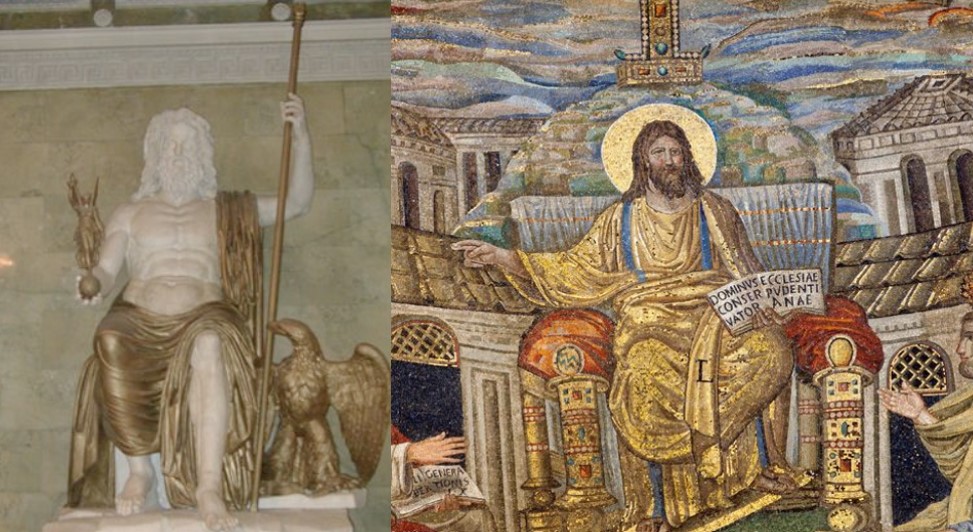
“They saw the Lord”
What does Jesus look like? It’s a question that we can only guess the answer to or speculate about, but one that does come up in a religion that embraces using artistic depictions of members of the Godhead. In general, the scriptures fail to describe his physical appearance in any detail. Joseph Smith documented several…
-
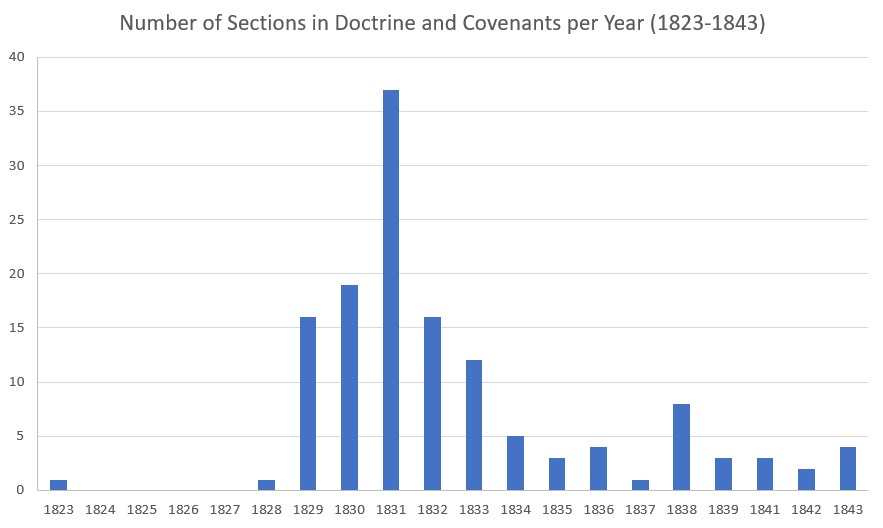
“To ordain and set in order all the other officers of the church”
Section 107 has one of the more complicated histories out of the documents presented in the Doctrine and Covenants. It is not a single revelation, but rather a few that were compiled together and expanded in significant ways, with the individual portions reflecting their original context and some of the later context of the time…
